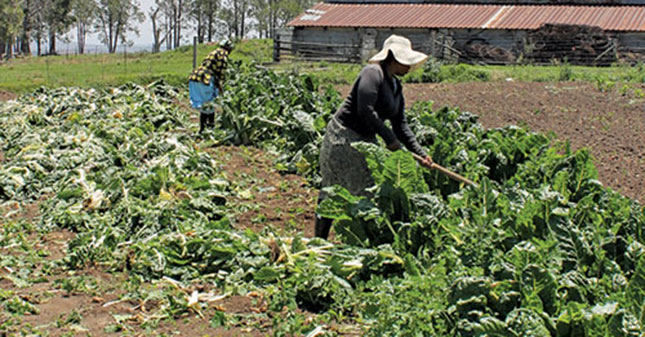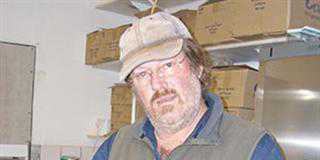
How many farmers are breeding colour variant (CV) game in South Africa?
We don’t have an exact figure but CV game makes up less than 1% of game species in SA. These farmers are by
far in the minority. CV game is still very scarce, hence the high prices that they fetch on game auctions. Most ranchers prefer to stock normal coloured animals at this stage because they bring in an immediate income from hunters. Keeping CV game also requires additional infrastructure, which can be costly.
Are there any official guidelines when breeding colour variations?
There are no international standards as SA has a unique model of game ranching which allows us to breed scarce game.
The WRSA has just released a position paper containing guidelines for the industry with respect to breeding with CV game.
In it the industry categorically rejects any cross-breeding of species or sub-species and any genetically detrimental conditions such as erythrism (red pigmentation), albinism and dwarfism.
We don’t condone forced artificial colour variants as a function of wrong breeding practices or any practice such as intensive genetic manipulation using techniques to enhance trophy sizes and to produce hybrids. Cloning, artificial insemination and embryo transfer techniques will only be reserved for the preservation of threatened species where the principle has been scientifically confirmed.
How popular are colour variations in game among hunters?
CV game has not yet been made available to hunt as ranchers are still doing line breeding to increase numbers. It should be made available to the hunting public within the next four years. The most popular CV species are golden wildebeest, golden gemsbok and black impala. But in the end, the market will decide what it wants and which species will be bred.
How have prices increased over the last five years?
There has been a dramatic increase in prices paid for CV game. In some cases the increase has been a hundred fold. But high prices are expected when you trade with breeding stock. A black impala, for example, fetches around R600 000, up from R160 000 in 2005. A normal impala only fetches up to R1 400.
Are the high prices paid for CV game paying off in terms of the demand?
Given the scarcity of CV animals in a number of species, the prices for these animals are much higher than those of the normal colours. Breeders are making an immediate profit. Because hunting has not started yet there is no profit for non-breeders at this stage. But there is no indication that the investment in this game won’t pay off in the future. We are doing research to see just how lucrative it will be.
Some commentators from financial institutions say that the boom in CV game will end in two to three years’ time. What is your view on this?
The industry is not naïve and doesn’t foresee that the high prices will continue in perpetuity. We are currently in a growth phase, and prices will plateau. This is why we are developing the game meat market so that farmers can still maintain a good income once the high profitability of colour variant game subsides. Market demand, given the limited supply, would dictate premium prices until supply and demand balance out. However, 10 years ago it was said that game prices would drop, but this has not happened yet.
What has the response been like from the public?
There has been a lot of noise surrounding CV game. This has come from farmers and activists who believe that breeding CV game can harm biodiversity. But the Biodiversity Institute did a study and determined that this is not the case. The debate is very emotional at the moment because CV game is gaining popularity. Many ranchers are not keen to keep CV game because of personal viewpoints. They are purists who don’t even believe in keeping a bontebok that is indigenous to the Eastern Cape, in Limpopo.
What is your response to critics who are against breeding colour variations who say that the gene pool is being weakened?
CVs are wrongly condemned as man-made, but they are an act of God and a natural occurrence. The golden wildebeest was first described in the Tuli block in 1930 while black impala occurred naturally in Limpopo. Golden gemsbok were historically widespread over Namibia and currently there are about 350 left there and in SA. The gene pool is by no means being weakened.
For 200 years the best genetic material in the game industry has been shot out for trophies. Now ranchers are putting the best genes together to recreate that mass of animals.There is the argument that breeding CV game is genetic modification. But we don’t see putting two animals with good genes together as genetic manipulation. We will accept any scientific findings, but we won’t listen to activists who make assumptions and publish it as fact.
Contact the WRSA on 012 335 6994 or visit www.wrsa.co.za.













